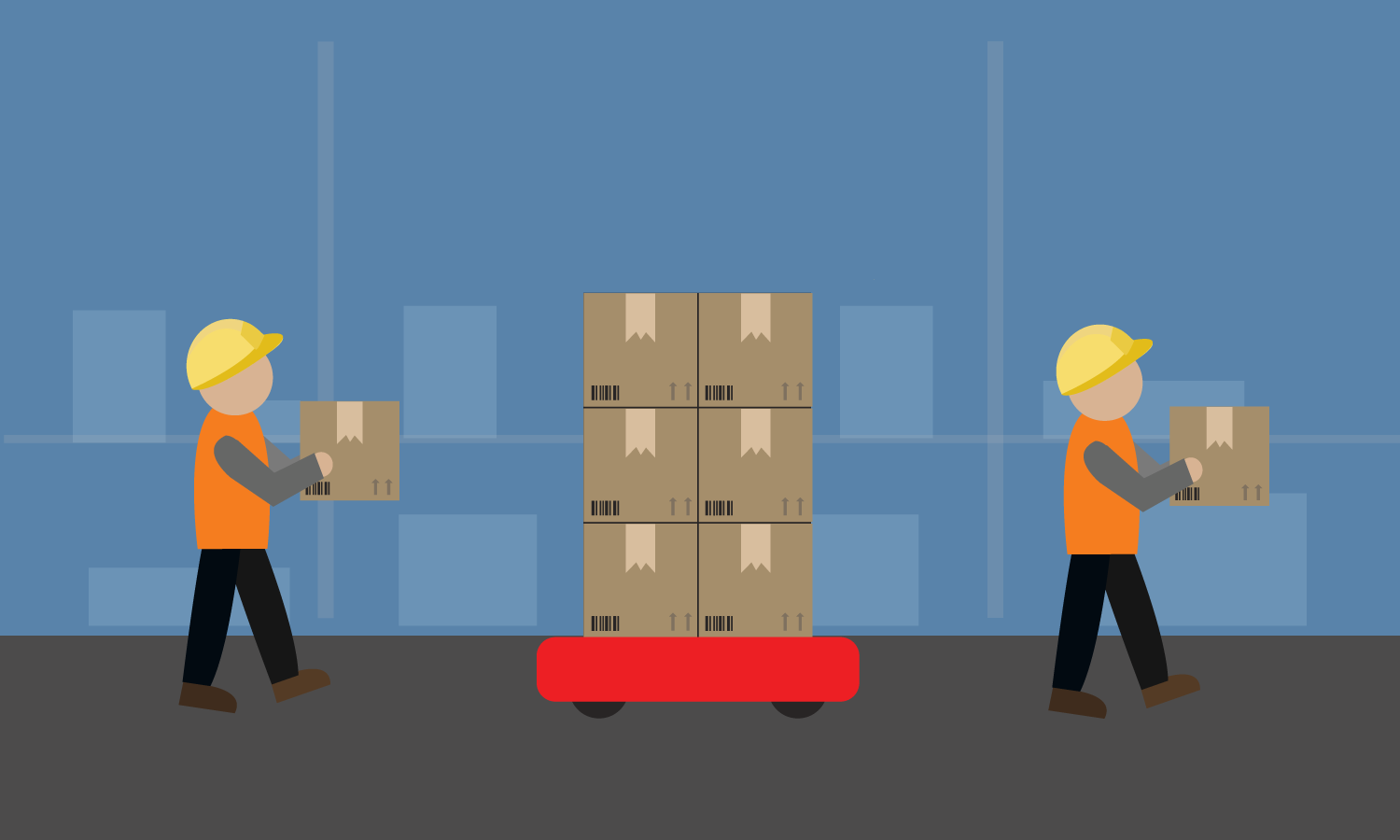Artificial intelligence has been a hot topic in recent years, and it doesn’t look like that will die down any time soon. Previously, we’ve talked about its effect on supply chain, but for this blog post, we will be focusing on AI improving safety in the warehouse. Here are 3 ways AI is influencing the workplace for the better.
Autonomous vehicles
When we think about autonomous vehicles, the first thing that may pop up is self-driving cars on the road. But the world of autonomous vehicles is much broader than that. Autonomous vehicles and vehicles equipped with AI capabilities have already been implemented in warehouses. These vehicles are designed with safety in mind, preventing collision. Companies like Amazon are already using these vehicles to transport loads within their warehouses. They use the same technology as self-driving vehicles, but in a more controlled and unregulated environment.
Assembly Line
AI in the manufacturing industry isn’t a new concept, but with the evolution of tech, it has become increasingly important. Reducing manual labor and unifying the entire system, businesses are able to produce more in a more consistent manner. With AI and robotics, it lessens the amount of workplace injuries as they are not susceptible to factors like fatigue. AI is continuously improving these machines to work more harmoniously with its human counterparts.
Security
In addition to helping with manual labor, AI is also helping managers monitor the warehouse ecosystem. Acting like a third eye, AI technology can help oversee the warehouse as a whole and alert staff of potential hazard. They can even detect danger before it turns into an incident, allowing authorized personnel to handle it properly. This prevents and reduces accidents in the workplace. Microsoft is introducing a cognitive system that does this.
Conclusion
In warehousing and inventory management, AI improving safety and security should be a strong reason to consider this technology. It is not here to replace, but to enhance. There are many arguments against the use of AI, but it can be implemented in varying levels. It has proven itself to be an essential tool for safety and efficiency and will continue to make advances in this industry.



